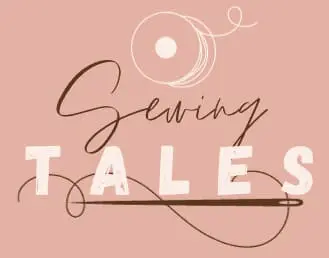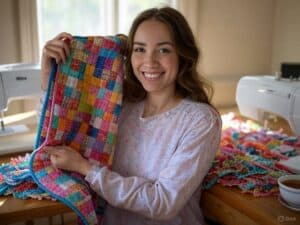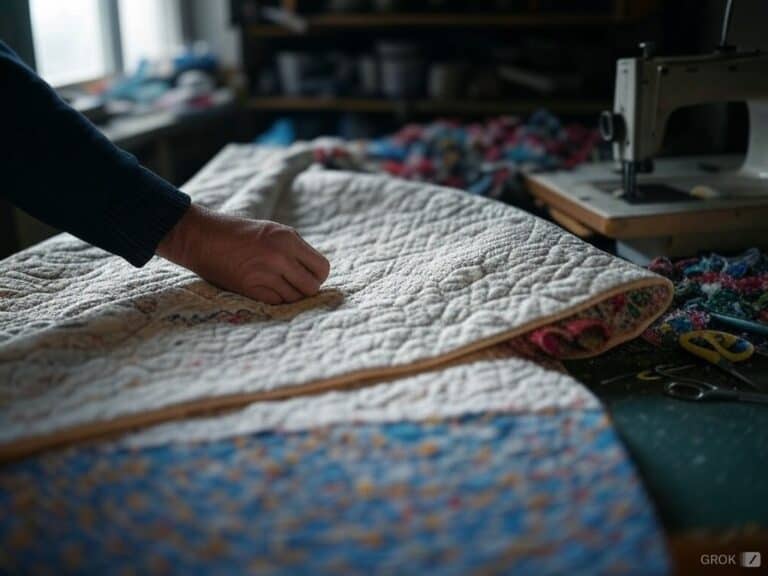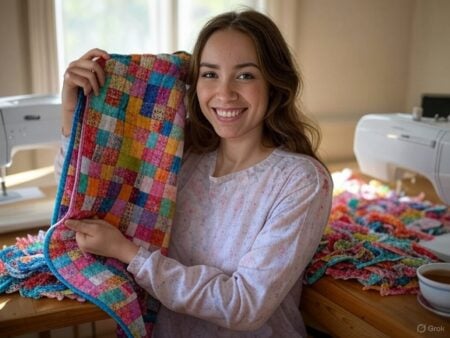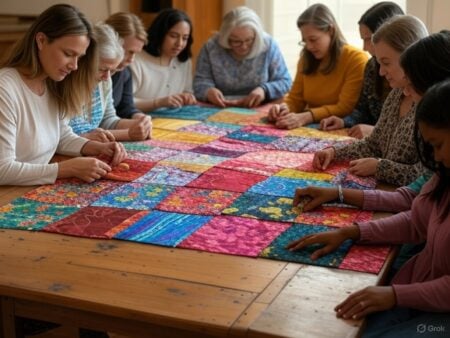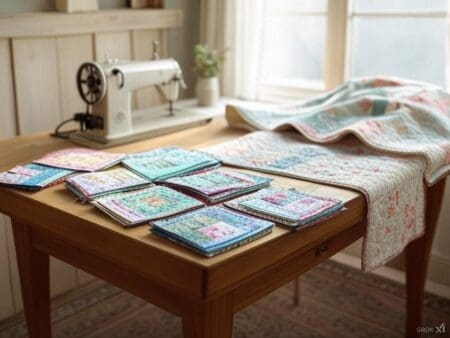I’ll never forget the first time I encountered fabric scraps; those bits and pieces of fabric cut-offs seemed to me like pieces of waste. A friend gave me a bag stuffed with fabric scraps left behind from her sewing activities and I remember rolling my eyes looking at the bag thinking “What am I supposed to do with this?” But then this feeling was overtaken with interest, and as I started digging through the fragments, I came across, what I would like to call ‘hidden narratives’.
They were not simply fabric remnants; they were probabilities for creation. This can be beautiful. As a result, I became addicted and started seeking more little bits of fabric from sewing groups in my area or even from friends. Gradually, the tower of fabric scraps skyrocketed and so did my interest in quilting.
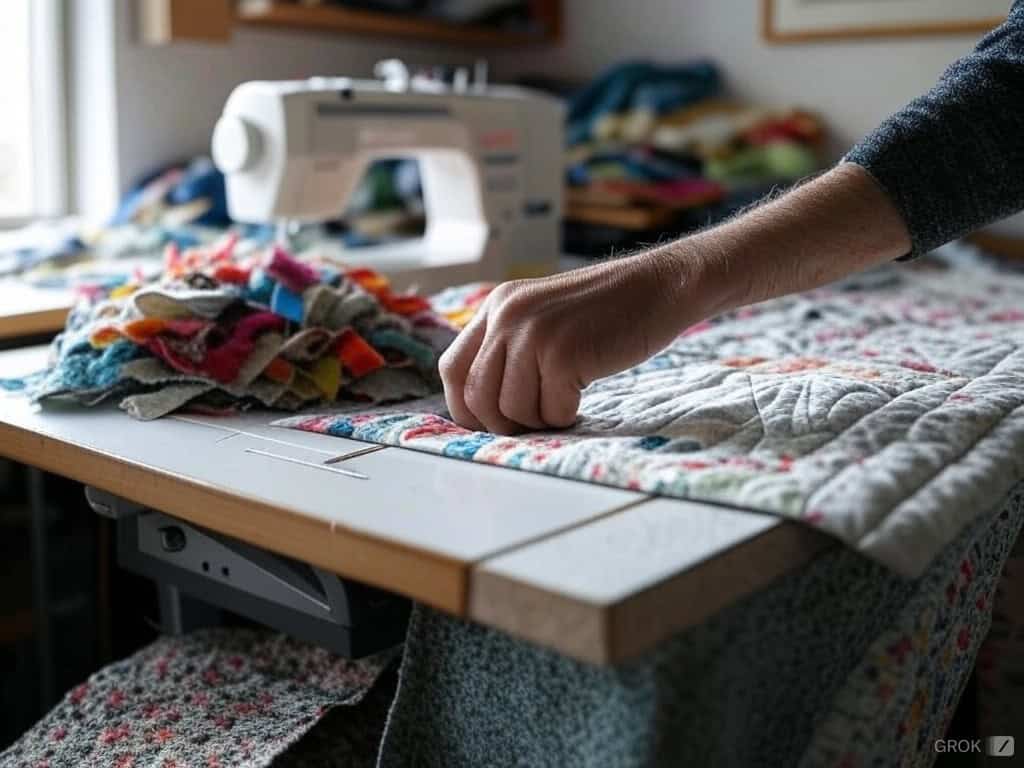
1. Why I Love Using Leftover Fabric: The Appeal and Sustainability Behind It
For me, patchwork of fabric pieces went beyond being merely an art form, it was a form of activism. Instead of discarding the remaining clothes after I completed sewing tasks, It was possible to revive them. It felt like I was giving each piece another life and being able to create something gorgeous from a trash is almost euphoric.
Also, utilizing leftover fabrics means less expiring fabrics, which gives me the feeling that I am slowly making the world a better place. Everyone benefits from it: the idealistic designs pair with responsibility. This is what drives me to fabric scraps over and over.
2. Everything I Needed to Start My Squared Quilt Project
Okay, focus on the essentials because as much as I enjoy a good plunge into a quilting project, I’ve come to understand the importance of the tools at hand. Bad tools may end up being detrimental to the project.
Fabric scraps: During a sewing project, fabric scraps are inevitable! However, I would advise that you divide the pieces of fabric that you do have scraps so that they can be organized by size and color.
Rotary Cutter and Mat: These tools allow you to cut fabric with the utmost detail that will be required later on.
Ruler: You can use a clear ruler with a grid in it which would allow you to make straight cuts.
Sewing machine: A machine that performs a straight needle function with high precision should be sought after.
Thread: For me, it would be quilting cotton or cotton threads as they have high strength, especially when the quilts are going to get a lot of use.
Iron and Ironing Board: Let me assure you ironing your fabric saves time and minimizes the mess.
Seam Ripper: Only because we all screw things up or make erroneous attempts; a seam ripper is a perfect tool to fix those things.
If you have these tools, then you are well equipped to transform waste fabric into magic works of genius.
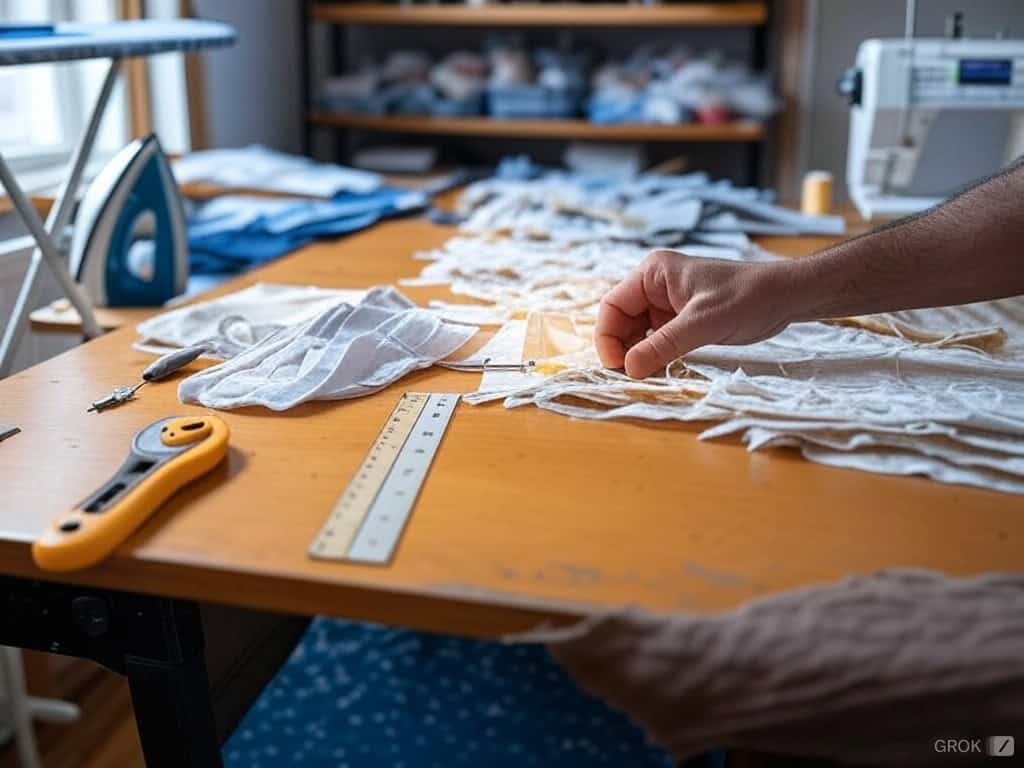
3. Why Understanding Quilt Math Was a Game Changer for Me
But before we get carried away, let us start with the bad part– mathematics. It is not as terrible as it seems. Moreover, if you manage to learn the simple rules of maths, you will come out like a brilliant mathematician in quilting.
Calculating Fabric Requirements: First, you need to work out how big of a quilt you want, considering the finished size. For example, if I were to make a quilt sized 60 x 60 with finished squares of 5 inches, I would need to have 12 squares going across and 12 squares going down making a total of one hundred and forty-four squares. Cut your squares at five point five inches owing to seam allowances and the requirement should be there.
Accurate Measurements & Seam Allowances: Clearly all the measurements and the stitches play an important role in how squared the patchwork fabrics will be. I tell this all the time and I will say it again; If your sewing seam allowance is inaccurate here, it means all your hard work was for naught already.
Planning Quilt Size with Simple Math: That being said, try to keep everything in mind including how you envision using the quilt, Whether be a throw, bedspread, or a simple wall quilt. Timing will not be wasted only if you start preparing and planning your work ahead, so tell how much fabric will be needed for the back side, borders, and the quilt top.
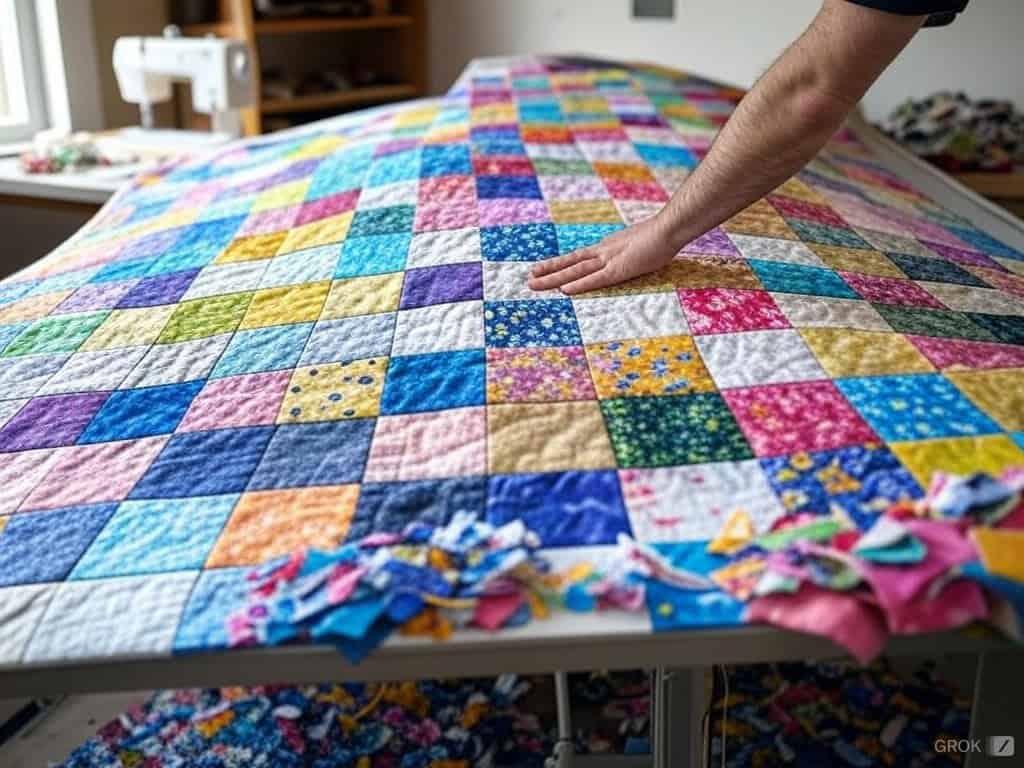
4. How I Organize and Prepare My Fabric Scraps for Quilting
Coming up with a strategy is required when you begin to quilt because if you don’t you will end up wasting a lot of time. Out of my stitching experience, I figured that whilst the disorder creates confusion when a quilter misses an order it’s better to do an efficient overview of one’s remaining fore. This is how I manage it.
By Color: Quart of color ranges come in handy whenever I am piecing a fabric where I have set alongside the separated colors such as reds, blues, greens, and others which offers instant easier access whenever I am creating quilt pieces.
By Size: For accent pieces and smaller blocks I utilize my smaller scraps whereas the bigger one comes in handy for the main blocks. I also prefer to keep bigger scraps separate from smaller pieces.
5. Creating Simple Square Patterns for My Quilts
To begin with, I suggest practicing with simple patterns to get the hang of it. A pattern I usually suggest to beginners is the squared quilt pattern. It is simply a grid of 3×3 squares that make up a bigger square. It looks great, but the construction is very simplistic! As I started getting better at this, I began patching together several nine-patch blocks to make bigger quilt tops.
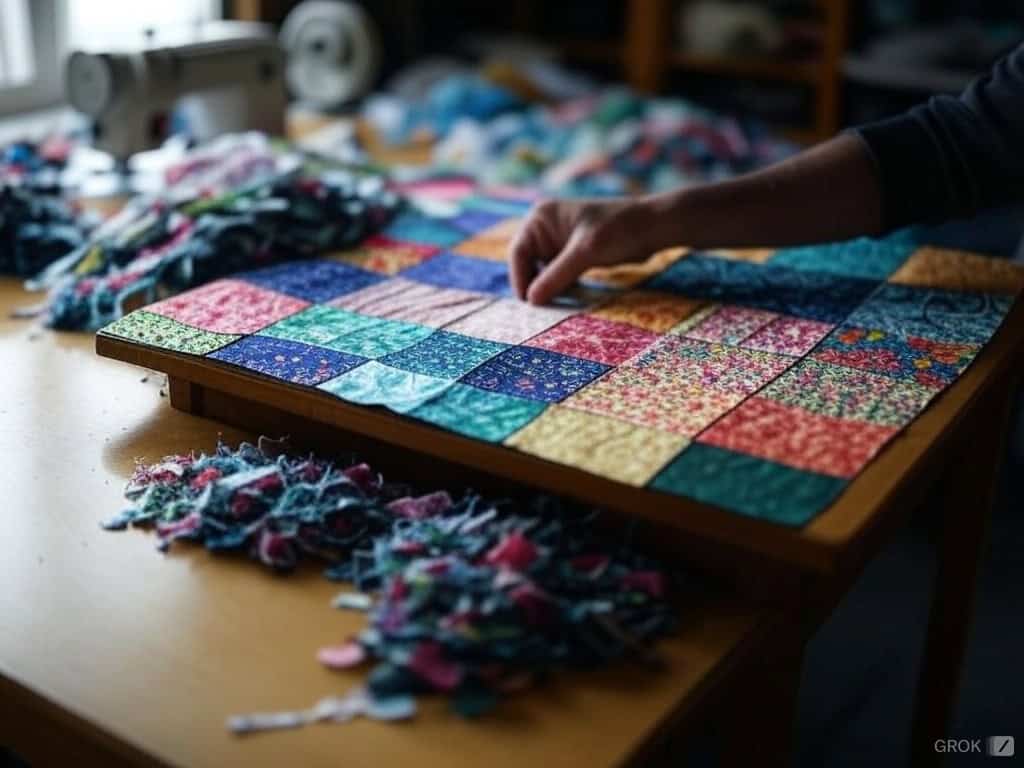
6. Tackling Common Quilting Challenges I Face
Every quilt project comes with its own unique challenges, and there have been many that could have been defeated, I assure you! I’ve seen it all when it comes to uneven squares and seams getting out of place. However, there are many things that I have learned over the years.
Uneven Squares: Using a rotary cutter and a ruler, trim them to the appropriate size. If they are too small squares you can always add borders.
Misaligned Seams: No need to panic, reach for your seam ripper, adjust the stitches, and realign the fabric correctly. In this case, pinning is very important to keep the seams from twisting.
Reflecting on My Quilting Journey and What I’ve Learned Along the Way
Now that I am thinking about it, I can laugh at all my quilting failures such as the lopsided seams or fabric strips that were not properly cut. But every failure was a learning opportunity and like everything else, it boils down to rote learning through practice. Every other sock quilt has its fair share of imperfections and that’s what makes it stand out against the rest.
So that quilt you want to make out of soft fabrics or the old t-shirts just lying around, all I can say is give it a shot. The excitement of watching your first quilt being made will let you go through all the hurdles you will face along the way. So collect all your fabric scraps and start stitching away. There is a chance that the quilt being made is going to be a phenomenal one.
Tips and Recommendations :
Start with something low effort and then build on that. Various quilt patterns cater to different skill levels, making it easy to find a project that suits your experience. Prepare the tools required and cut fabric strips as precise as possible. Choosing a quilt pattern that matches your skill level and project goals is crucial for a successful outcome.
- Be careful about the seams, and I promise all your efforts will be worthwhile in the end.
- Arranged miscellaneous items will aid you in saving up on time.
- Don’t hurry when stitching, because that might result in compromising the quality of the output.
- If you keep these tips in mind, you will be able to make stunning quilts that will endure the test of time.
